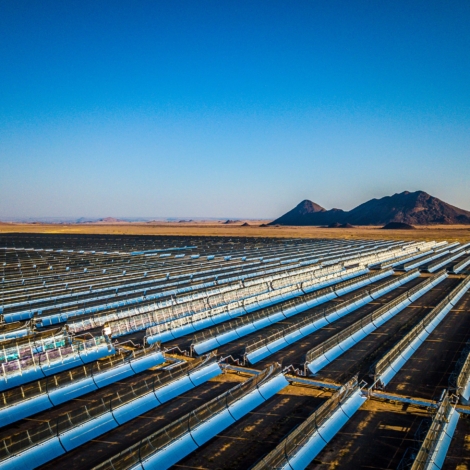For the first time on record, renewables have overtaken coal in global electricity generation, according to new data from Ember, the independent energy think tank. In the first half of 2025, renewables produced 5,072 terawatt-hours (TWh) of power, outpacing coal’s 4,896 TWh, a small but historic victory in the fight to clean up the grid.
Ember reports that solar alone met 83 percent of the world’s rising electricity demand in early 2025, adding a record 306 TWh of generation, representing a 31 percent year-on-year increase. Wind also grew steadily, together pushing fossil generation down by 0.3 percent and global power-sector emissions by 0.2 percent.
Read More: Your Questions About the Energy Transition Answered
China led the charge, adding more solar and wind capacity than the rest of the world combined, and cutting its fossil fuel generation by 2 percent in the first half of the year. India’s fossil fuel use fell by an even greater rate at 3.1 percent in coal and 34 percent in gas as clean energy growth outpaced its modest 1.3 percent rise in demand.
“We are seeing the first signs of a crucial turning point,” Małgorzata Wiatros-Motyka, an electricity analyst at Ember, said in a statement. “This marks the beginning of a shift where clean power is keeping pace with demand growth.”
There is a caveat, however. The International Energy Agency (IEA) forecasts that global renewable capacity will more than double by 2030, adding 4,600 gigawatts that will lift capacity to roughly 2.6 times 2022 levels, or roughly equal to the combined power of China, the EU and Japan. But the growth will still fall short of the COP28 pledge to triple renewables this decade. To meet the goal, policy must change to increase implementation.
Solar photovoltaics will make up almost 80 percent of that growth, the IEA reports. The solar and wind industries are facing their own crises, however: collapsing prices, shrinking margins, and strained supply chains. Chinese solar module prices have fallen 60 percent since 2023, driving cumulative losses of nearly (USD) $5 billion for major manufacturers. Wind turbine makers outside China lost $1.2 billion last year.
The IEA warns that policy changes in the United States have slashed its growth forecast by half. China’s move from fixed tariffs to auctions has also upset investors. Yet China still accounts for 60 percent of global capacity growth in renewable energy, and is on pace to hit its 2035 targets five years early.
Meanwhile, Europe and India are bright spots. The IEA expects India’s renewable capacity to rise 2.5 times in five years, becoming the world’s second-largest growth market. The EU’s solar installations are beating expectations thanks to corporate power purchase agreements in Germany, Spain, Italy, and Poland.
One problem with all the progress may be that transmission infrastructure can’t keep up. Both Ember and the IEA note that grid bottlenecks, curtailment, and negative prices are spreading, a sign of inflexible systems struggling to handle midday solar surges. Without massive new investments in storage and flexible demand, much of that clean power could be wasted.
This analysis confirms what we are witnessing on the ground: solar and wind are no longer marginal technologies—they are driving the global power system forward,” Sonia Dunlop, CEO of the Global Solar Council, said in a statement. “But to lock in this progress, governments and industry must accelerate investment in solar, wind, and battery storage, ensuring that clean, affordable, and reliable electricity reaches communities everywhere.”

